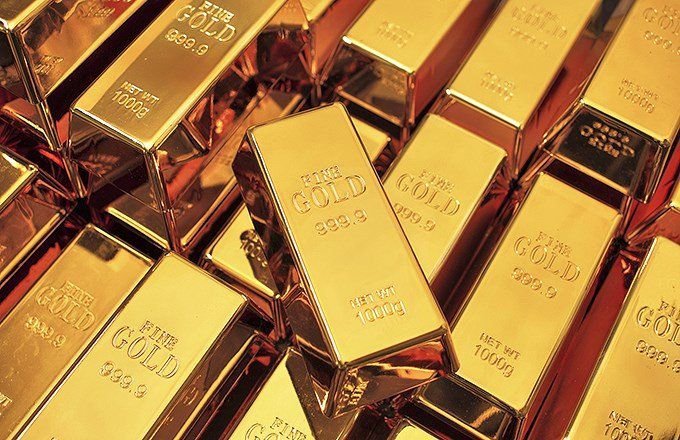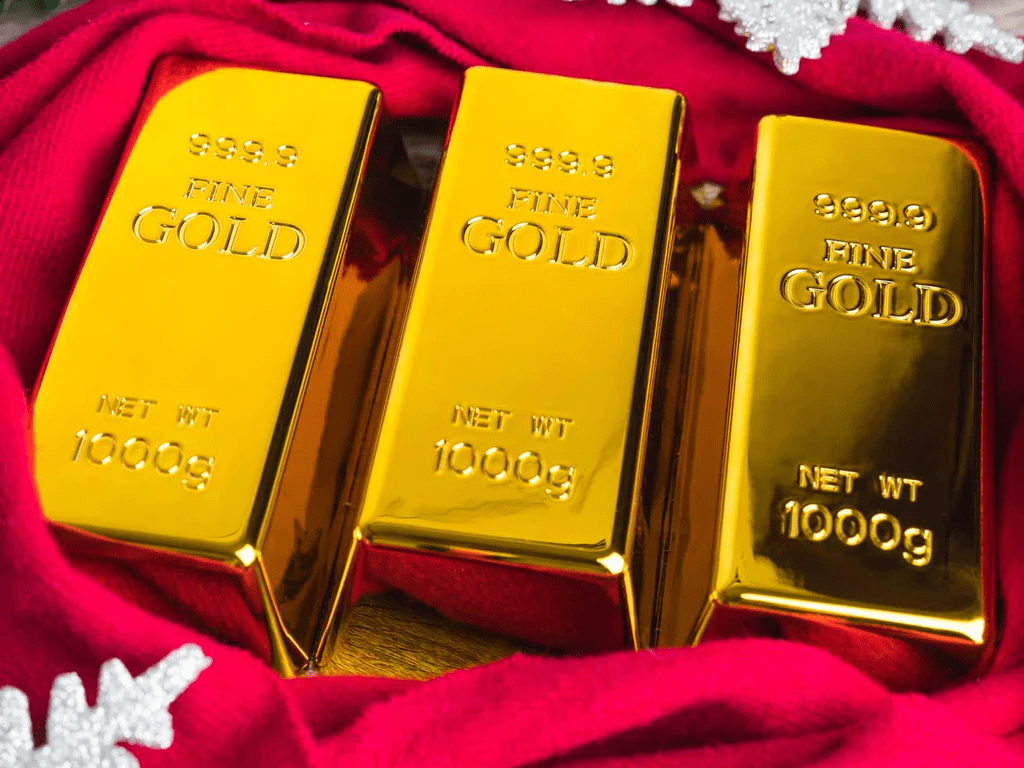 All that glitters is not gold, or so the saying goes, but what is the true colour of gold? Most of us believe we know the colour of gold, but do we really know the colour of gold? Even the type of polish used to polish gold can slightly change the colour, so what is the colour of gold. White gold, yellow gold, rose gold pink gold, green gold and even black gold are available, so what is the true colour of gold?
All that glitters is not gold, or so the saying goes, but what is the true colour of gold? Most of us believe we know the colour of gold, but do we really know the colour of gold? Even the type of polish used to polish gold can slightly change the colour, so what is the colour of gold. White gold, yellow gold, rose gold pink gold, green gold and even black gold are available, so what is the true colour of gold?We will try to explain and simplify the terms that relate to precious metals in general and gold in particular because they all affect the colour of gold.
Fineness
Fineness is a way of expressing the precious metal content of gold and silver, and represents the purity in parts per thousand. When stamped into a piece, usually this is stated without the decimal point.
Carat is the measurement of purity of gold alloyed with other metals. 24 carat is pure gold with no other metals included. Lower carats contain less gold; 18 carat gold contains 75 per cent gold and 25 per cent other metals, often copper or silver.
The minimum carat for an item to be called gold varies by country. In the US, 10 carat is the legal minimum accepted standard of gold caratage, 14 carat being the most popular. In France, the UK, Austria, Portugal and Ireland, 9 carat is the lowest carat permitted to be called gold. In Denmark and Greece, 8 carat is the legal minimum standard.
 24k is pure gold and is golden yellow like the sun, but it is very soft and not very hard wearing. Gold bullion held in bank vaults to back a country's currency is 24k gold. In practice there is likely to be a very slight impurity in any gold, and it can only be refined to a fineness level of 999.9 parts per thousand. Thus for all other purposes the gold used is an alloy or mixture of one or more metals to give a desired effect. So how do you get coloured gold?
24k is pure gold and is golden yellow like the sun, but it is very soft and not very hard wearing. Gold bullion held in bank vaults to back a country's currency is 24k gold. In practice there is likely to be a very slight impurity in any gold, and it can only be refined to a fineness level of 999.9 parts per thousand. Thus for all other purposes the gold used is an alloy or mixture of one or more metals to give a desired effect. So how do you get coloured gold?White gold, green gold, rose gold and yellow gold are all made of up alloys. Alloys are a mixture of metals that are created by combining two or more different metals.
Not All Gold Colours Can Be Made
Making alloys is not as simple as it might sound. Before they create a new alloy, metallurgists have to consider how the metals will react with each other. Adding too much of one metal or another can make the mixture brittle, too hard, or difficult to work with. Some ingredients could also result in a mix that is too soft. Metallurgists fine-tune their recipes to produce combinations that are attractive, durable and can be successfully worked into pieces of jewellery
White Gold
Nickel can be mixed with gold to create a white or grey colour, but be aware that nickel can cause dermatitis in some people since nickel is a fairly common allergen.
Palladium is another metal used to create white gold alloys. Palladium is related to platinum, but both are more expensive than nickel, but they are less likely to cause allergic reactions than nickel. Palladium is used in a lot of vintage jewellery from the Art Deco era, so you will find that the colour is more grey than it is yellow. Since it is more grey coloured, vintage jewellery does not need a rhodium coating like a lot of modern white gold jewellery. Once the rhodium coating wears off, your jewellery will look dull and yellow.
White Gold Or Platinum
Silver was used to produce white gold but this has now been stopped because over time the colour darkens due to the silver content tarnishing. Platinum is currently more fashionable than white gold, it does not change colour and few people are allergic to Platinum.
Rose & Pink Gold
Copper is added to make many gold-coloured alloys, but additional copper creates pink and rose tones -- the more copper, the deeper the effect.
Green Gold is Made With Silver
Greenish shades are created by adding silver to gold. These shades can darken over time due to the silver content tarnishing.
Black Gold Is Not Black
Some trendy gold colours are not made using an alloy process. Instead, a common gold alloy mixture is plated with a coloured rhodium or metal coating. This is the case with black gold colours. Another method of turning gold black is by oxidizing the metal and thus adding a patina to the metal. There are other ways of creating a black surface on gold, but none of them are permanent. Since gold is a wear item, eventually the surface coating will wear off and another coating will have to be added.
All Non Pure Gold Is Made Up of Alloys
Different coloured gold alloys are just as "real" as their yellow gold counterparts. Pure gold is generally too soft to be used for jewellery anyway, so other metals are nearly always added to it, no matter which colour of gold is being prepared for jewellery making. Think of it as a cake batter made with metals. Each recipe calls for different ingredients and instead of flour, sugar and eggs, we are working with varying amounts of copper, nickel, aluminium and other metals.
Karat Content In Gold Alloy Creation
It is likely the ring on your finger is marked 18K, 14K, or 10K to indicate how much pure gold is present in the mix. The K stands for karat, the system used to state how much pure gold is found in an item. Here is a quick rundown of the gold karat system:
24K Gold

This is pure gold and contains 24 parts gold and zero parts other metals.
e.g. 24/24 = 1 making it 100% gold.
In practice there is likely to be a very slight impurity in any gold, and it can only be refined to a fineness level of 999.9 parts per thousand. This is stated as 999.9. This pure gold is very soft and is only used as bullion or the gold bars held in bank vaults backing a county's currency.
22K Gold
This contains 22 parts gold and 2 parts other metals.
e.g. 22/24 = 0.9167 making it 91.67% gold
20K Gold
This contains 20 parts gold and 4 parts other metals.
e.g. 20/24 = 0.833 making it 83.3% gold.
This is the Asian standard for gold items.
18K Gold
This contains 18 parts gold and 6 parts other metals.
e.g. 18/24 = 0.75 making it 75% gold
15K Gold
This contains 15 parts gold and 9 parts other metals.
e.g. 15/24 = 0.625 making it 62.5% gold
14K Gold
This contains 14 parts gold and 10 parts other metals.
e.g. 14/14 = 0.583 making it 58.3% gold.
This is the Norwegian standard for gold items.
12K Gold
This contains 12 parts gold and 12 parts other metals
e.g. 12/24 = 0.5 making it 50% gold.
10K Gold
This contains 10 parts gold and 14 parts other metals.
e.g. 10/24 = 0.417 making it 41.7% gold.
This is the American standard for gold items.
9K Gold
This contains 9 parts gold and 15 parts other metals.
e.g. 9/24 = 0.375 making it 32.5% gold
Gold Colours
To simplify matters we have produced this chart to show some examples of the composition of various carats or fineness of gold and the colour produced. The proportion of gold remains the same but the proportions of the other metals may vary slightly from those shown.
| Gold Colour | Carat | Gold (Au) | Silver (Ag) | Copper (Cu) | Zinc (Zn) | Nickel (Ni) | Iron (Fe) | Palladium (Pd) |
| Yellow | 9k | 37.5% | 42.5% | 20% | - | - | - | - |
| Yellow | 10k | 41.7% | 52% | 6.3% | - | - | - | - |
| Yellow | 14k | 58.3% | 30% | 11.7% | - | - | - | - |
| Yellow | 18k | 75% | 15% | 10% | - | - | - | - |
| Yellow | 22k | 91.67% | 5% | 2% | 1.33% | - | - | - |
| White | 9k | 37.5% | 62.5% | - | - | - | - | - |
| White | 10k | 41.7% | 47.4% | - | 0.9% | 10% | ||
| White | 14k | 58.3% | 32.2% | - | - | - | - | 9.5% |
| White | 18k | 75% | - | - | - | - | - | 25% or Pt |
| White | 18k | 75% | - | - | 5% | 10% | - | 10% |
| White | 22k | - | - | - | - | - | - | - |
| Grey-White | 18k | 75% | - | 8% | - | - | 17% | - |
| Soft Green | 18k | 75% | 25% | - | - | - | - | - |
| Light Green* | 18k | 75% | - | 23% | - | - | - | - |
| Green | 18k | 75% | 15% | 6% | - | - | - | - |
| Deep Green** | 18k | 75% | 15% | 6% | - | - | - | - |
| Blue-White or Blue | 18k | 75% | - | - | - | - | 25% | - |
| Rose | 9k | 37.5% | 20% | 42.5% | - | - | - | - |
| Rose | 10k | 41.7% | 20% | 38.3% | - | - | - | - |
| Rose | 14k | 58.3% | 9.2% | 32.5% | - | - | - | - |
| Rose | 18k | 75% | 2.75% | 22.25% | - | - | - | - |
| Rose | 22k | 91.67% | - | 8.4% | - | - | - | - |
| Pink | 18k | 75% | 5% | 20% | - | - | - | - |
| Red | 18k | 75% | - | 25% | - | - | - | - |
| Purple*** | - | 80% | - | - | - | - | - | - |
* 2% Cadmium
** 4% Cadmium
*** 20% Aluminium
Pt = Platinum
